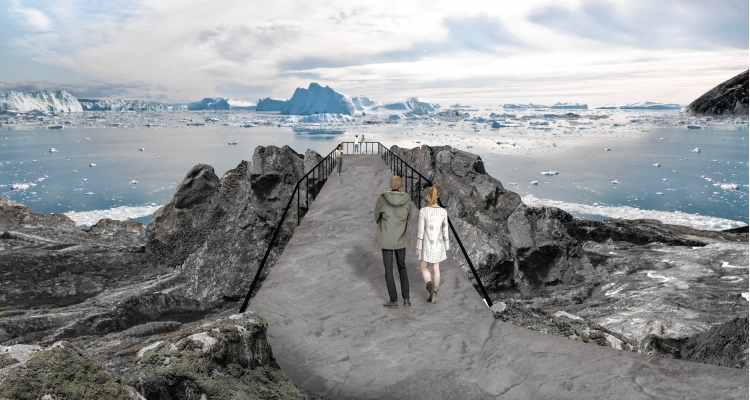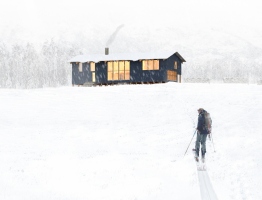Diplomprosjekt
Høst 2021
Institutt for urbanisme og landskap
Greenland, observed from the north pole, holds the potential of becoming a transit point for aerial and maritime routes between North America, Asia, and Europe. The situation locates the island at the center of the world. And with the ice retreating and gradually creating openings, human access to the virgin landscape is now a reality. Areas that once were covered in ice, will now be even more available for tourists wanting to escape crowds and experience nature in solitude.
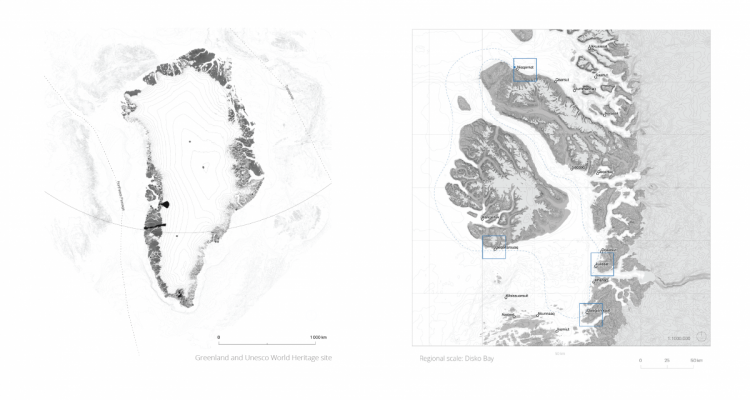
However, there is an opportunity to anticipate the transformation of the Greenlandic landscapes and design strategies that help minimize the environmental footprint caused by nature-based tourism. By implementing the concepts of ‘Slow-tourism’ and ‘Nanotourism’ the strategy will be to promote a form of tourism that involves immersion at the destination, longer stays, and offers experiences rooted in the landscape and local culture.
In Disko Bay, the largest of these settlements is the town of Ilulissat, which stands at the entrance to the Jakob-shavn Icefjord. The Icefjord was declared a UNESCO World Heritage Site in 2004 and since then it has be-come one of the most visited sites in Greenland.
Ilulissat is located in a richly geological area with citi-zenry who care about the environment and cherish their open space. Therefore, the preservation of this pristine character is important to the community identity and is one of the primary aims of the project.
The proposal is a trail primarily for walking within and through the site. In addition to active immersive oppor-tunities, it is programmed to provide educational op-portunities for local users and visitors. This structure evokes the form of an “esker” and it seeks to preserve the natural habitat and beauty of the site, encouraging visitors to stay in safe areas, while also allowing them to relate to their surroundings.

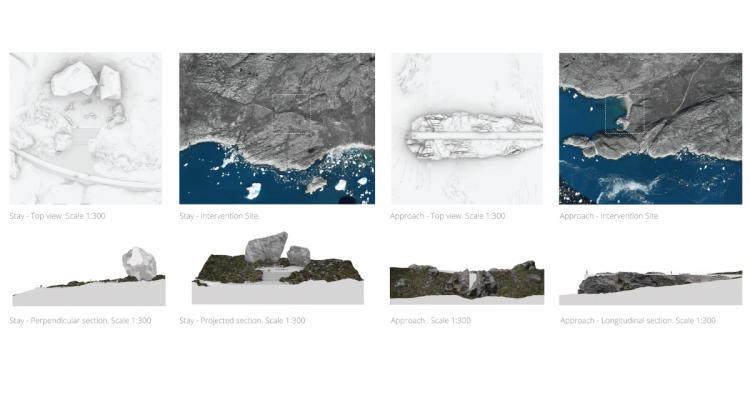
Landforms resulting from the glacier moving forward and retreating are called out and incor-porated in the trail’s design development with the purpose of revealing the story of the glacier as well as involving visitors with the landscape in a pedagogic way. These new experiences of destination infrastructure, will provide continuous engagement with the landscape and work as a node along a larger pathway with the purpose of maintaining visitors’ safety, directing and congregating them in specific destinations thus, reducing the stress on the landscape.
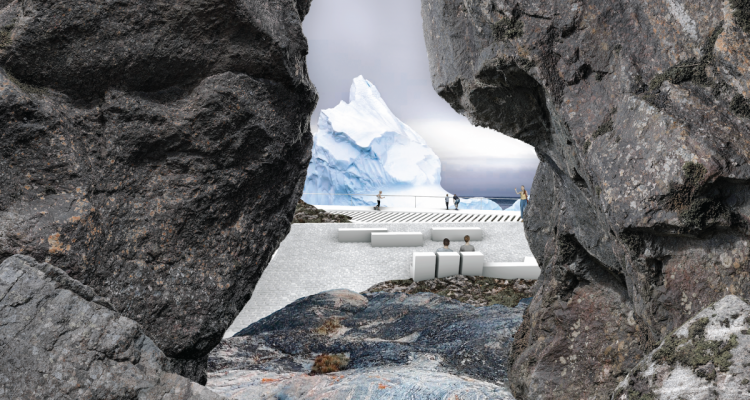

Camila Urego / Camila.urrego@stud.aho.no
